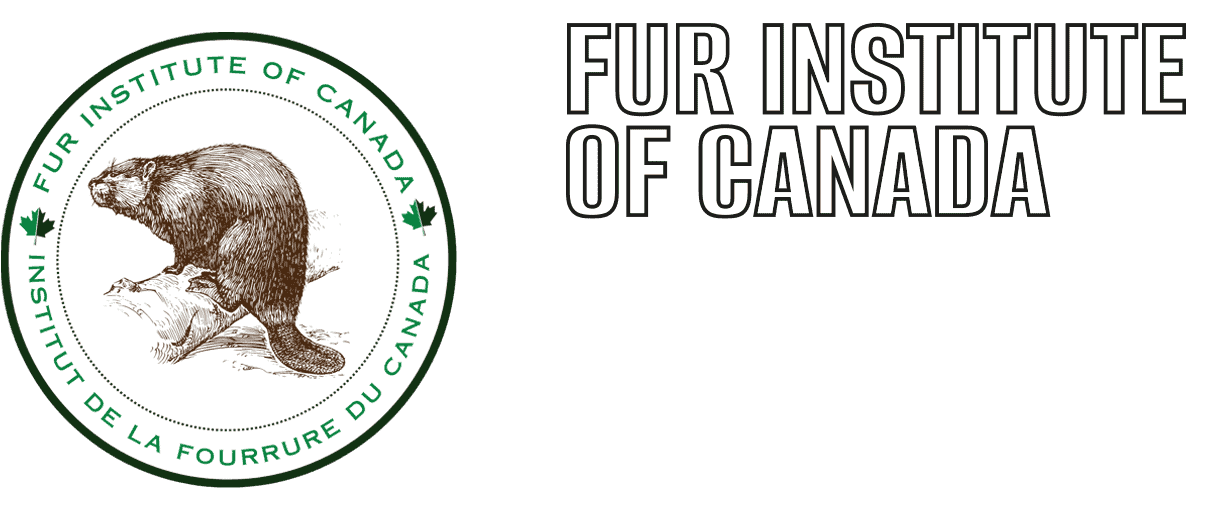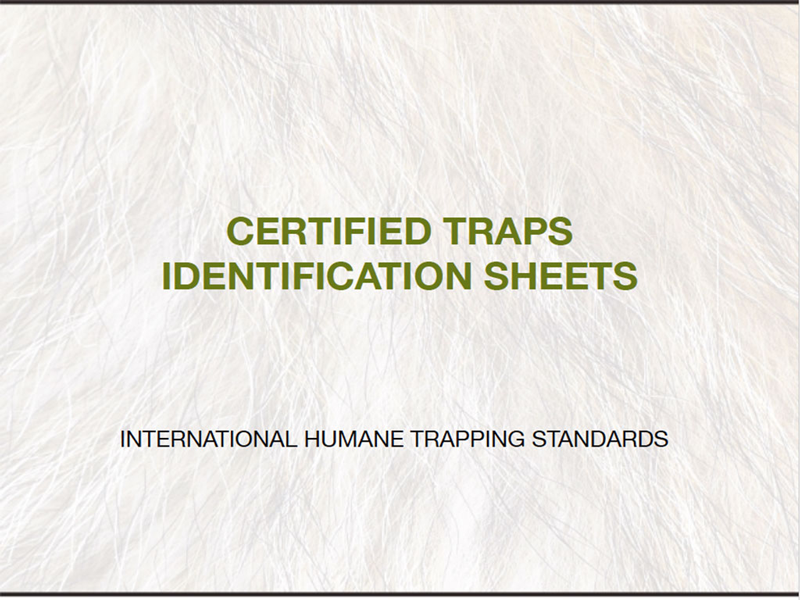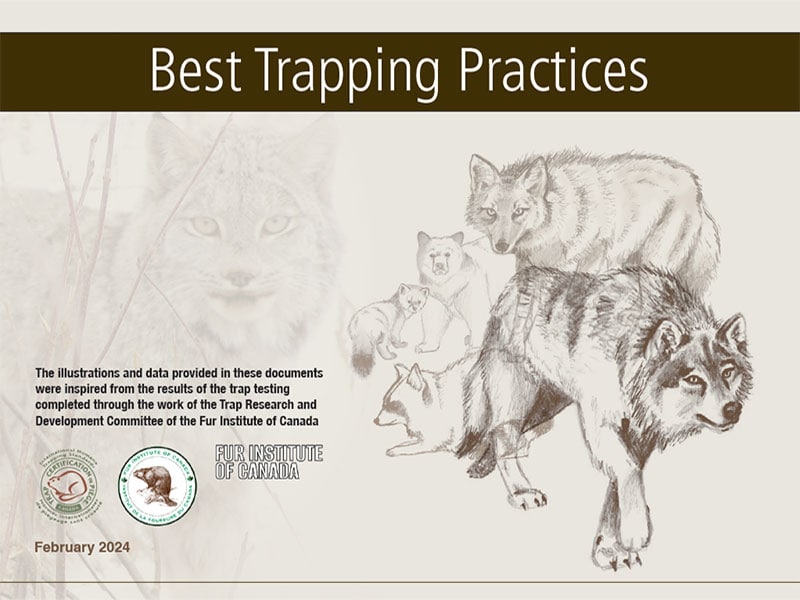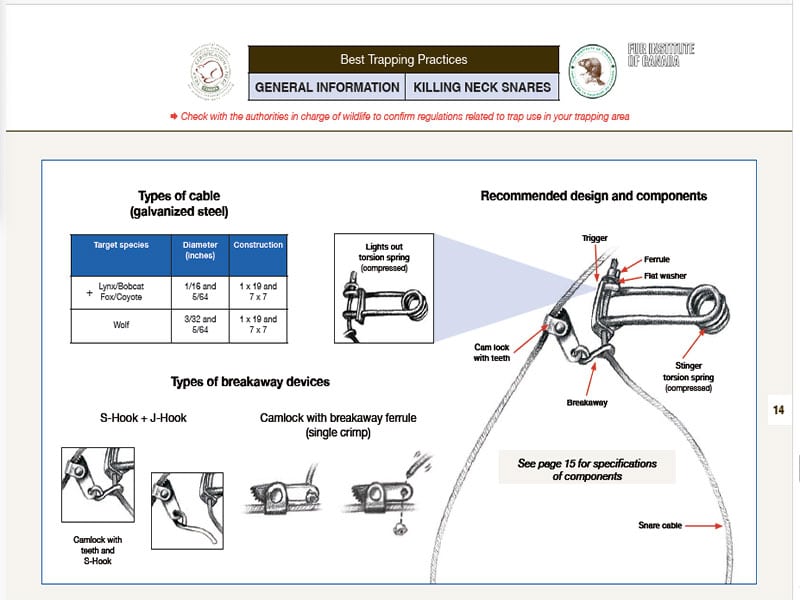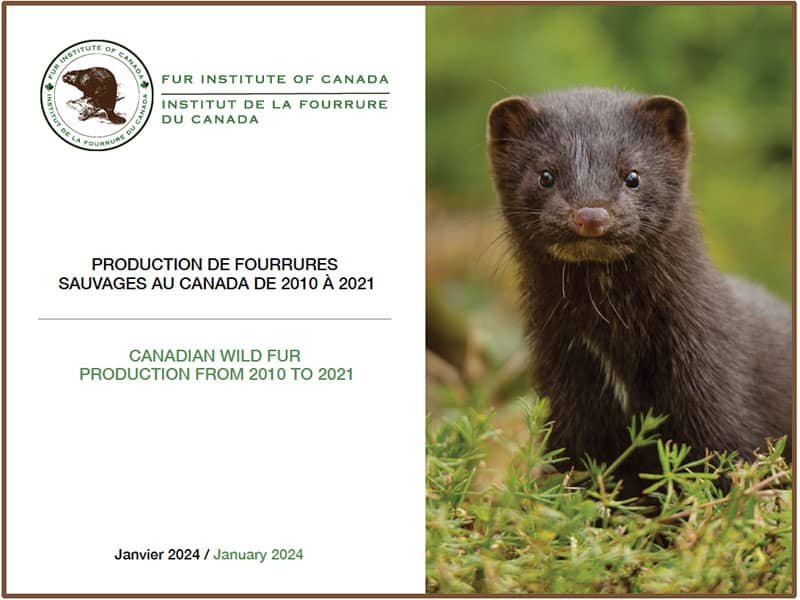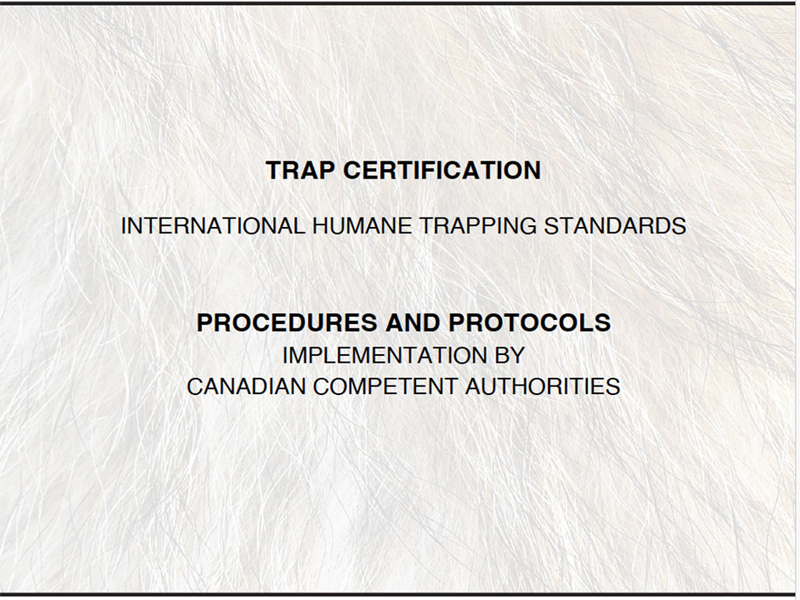TRAP CERTIFICATION & TECHNOLOGIES

Photo: InnoTech Alberta
In the 21st century, the term “certified trap” is commonly heard in some parts of the world, including Canada, but what exactly does it mean? In short, a certified trap is one that conforms with the requirements of the Agreement on International Humane Trapping Standards (AIHTS).
Until the 1990s, there were no internationally accepted animal welfare standards for traps. Meanwhile, the anti-fur lobby was pressuring the EU to ban fur imports from countries where “leghold” traps were still legal. Against this backdrop, Canada recommended the standardisation of scientific tests for trap performance that could be used by any country.
Thus it was that in 1997 the AIHTS was agreed by Canada, the European Union and Russia, with Canada ratifying it in June 1999.
The AIHTS sets out welfare thresholds for trap performance for a total of 19 wild animal species that are trapped for various reasons in these countries. Twelve of these species are trapped in North America: beaver, muskrat, river otter, marten, fisher, raccoon, badger, ermine, coyote, wolf, lynx and bobcat.
Due to special regulatory requirements, the US signed a separate but equivalent agreement with the EU in 1998.
These standards were approved by the independent International Organization for Standardization (ISO) in 1999 and reaffirmed in its five-year review in 2004.
The 2007-2008 trapping season was the first in which Canadian trappers were required by law to use only AIHTS-certified traps for certain listed species. This was the first step in a longer process that will eventually see only certified traps being used, regardless of the reason an animal is trapped.
The AIHTS defines Humane Trapping Methods as “traps certified by competent authorities that are in conformity with the AIHTS standards and used in setting conditions specified by the manufacturers.” The competent authority in Canada is the Fur Institute of Canada, with a mandate from the Department of Environment and Climate Change.
To qualify for certification in Canada, trap manufacturers must first ensure their traps meet ISO standards. This applies to mechanically powered, trigger-activated restraining and killing devices, as well as to live-capture box or cage traps. The traps are then tested by the FIC following procedures contained in the document International Humane Trapping Standards – Trap Certification Procedures and Protocol to be Applied by Canadian Competent Authorities. Traps must be safe when properly maintained and used in accordance with the manufacturers’ specifications. They must also meet standards for animal welfare and efficiency.
The FIC regularly publishes and updates lists of traps and trapping systems that meet AIHTS requirements and have been certified for use. As of October 2023, 248 trap models have been certified, comprising 178 killing traps for nine species and 70 live-capture traps for six species. Meanwhile, research continues that will lead to new safety features that can be incorporated in future trap designs.
The FIC also conducts testing on behalf of various EU countries and Russia, since it is the only AIHTS signatory that has established a trap certification program.
